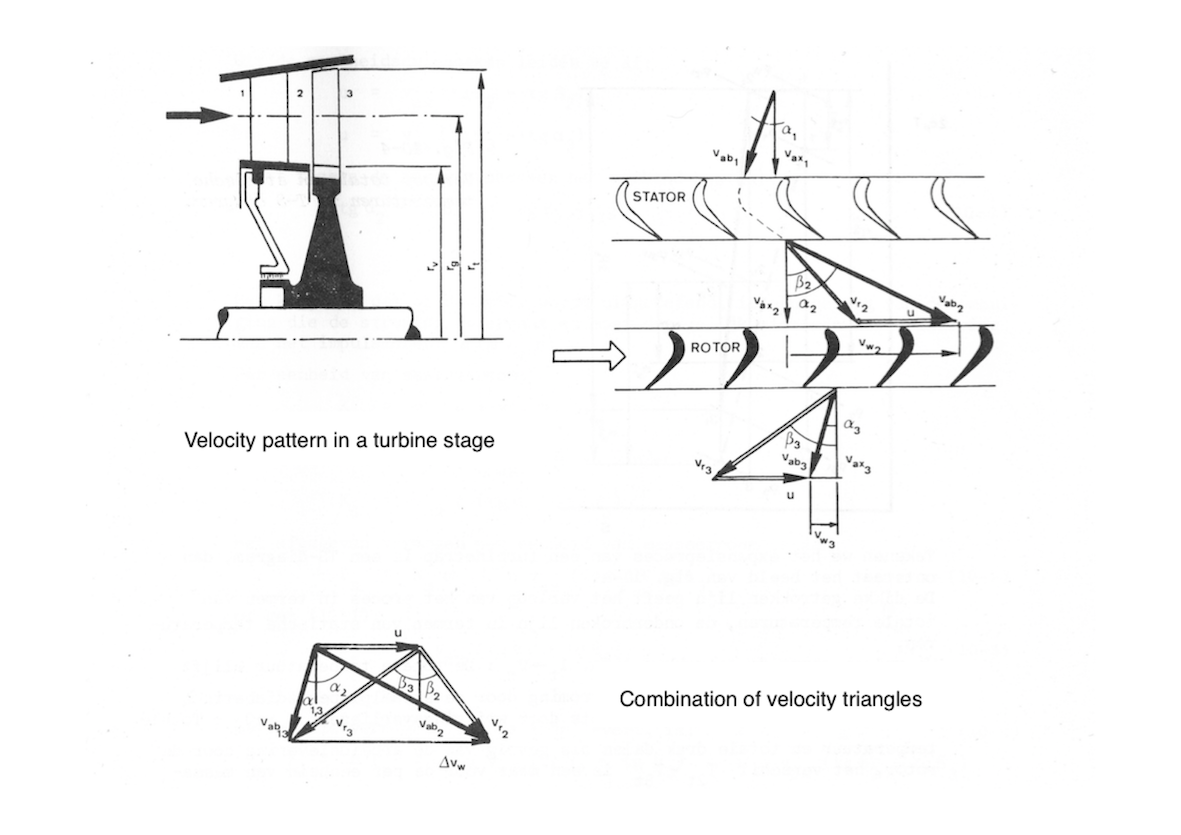Because the LP turbine extracts power for the fan, which requires the most power. The HP and IP turbine only extract power for their connected compressors - the LP turbine extracts power for the fan and the LP compressor. The fan does work on all airflow through the engine, the compressors only on a fraction (10:1 for a high bypass like the Trent 1000). The fan produces up to 75% of the thrust of the engine.
From this presentation: the cross section of the Trent 1000. It shows that the LP, IP and HP rotors have different rotational speeds, but does not list them. Another (older) presentation lists them as 3600. 6800 and 10200 RPM. Rotational speed goes down as the volume of the mass stream goes up.

An old textbook of mine gives the power P extracted from a turbine stage as:
$$ P = \dot{m} \cdot u \cdot v_{ax} \cdot [tan (\alpha_2) + tan (\alpha_3)]$$
with
- $\dot{m}$ = mass flow [kg/s]
- u = tangential blade velocity [m/s]
- v$_{ax}$ = axial gas velocity [m/s]
- $\alpha_2$ and $\alpha_3$ angles according to the figure below.

So the tangential speed of the turbine blade is in the equation for power extraction, which is composed of rotational velocity and blade radius. The faster the turbine turns, the more power can be extracted per stage, and the fewer stages required. Why then does rotational velocity go down with pressure? (HP = 10,200; IP = 6,800).

The reason is the constructional limits of the turbine. As the gas stream expands, the turbine blades become larger and are mounted at a greater axial distance, which results in greater centrifugal forces which are proportional to blade mass, rotational speed and distance from the axis. In order to limit centrifugal forces, the rotational velocity of the rotor is reduced: each subsequent stage turns at a lower RPM. Notice that a lower RPM can be compensated by mounting the blade further away from the rotational axis.
The LP rotor of an un-geared engine runs at the same rotational velocity as the fan. Its optimal RPM for the turbine may be higher, and that can be accommodated by the geared fan. As the bypass ratio gets higher, the LP turbine will be extracting a higher fraction of total power from the airstream - turboprops and turboshafts have a gearbox in between the LP shaft and the propeller/rotor, and the high bypass fan approaches the relative dimensions of a propeller...





